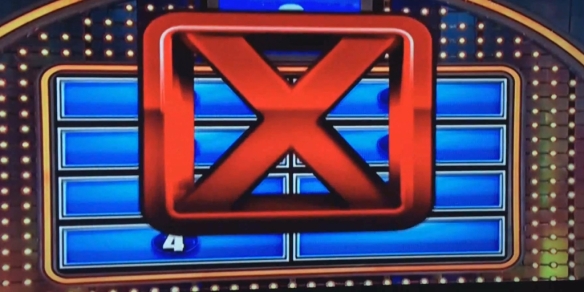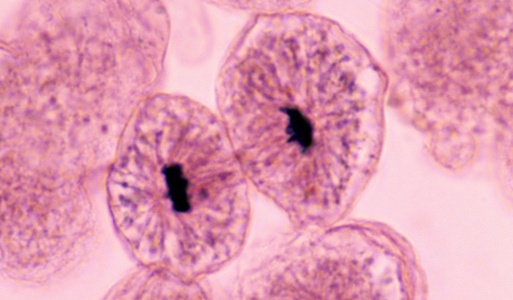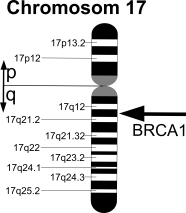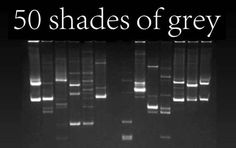Finicky Flies and Sex
Yes, I wrote “sex” in my title. Get over it. Because I am not talking about what you’re probably thinking about…well I mean you have to have that before you get the sex I’m talking about, but…oh never mind! The reason I bothered mentioning it was because not all genes follow autosomal recessive inheritance patterns. In truth, there are a variety of ways that traits can be inherited in offspring. One of these ways is that the alleles for the gene are inherited on the XY sex chromosomes of an organism. And this week, we looked at how sex-linked inheritance works via the bountiful fruit flies. As such, I’d call this a Science Practice numero Seis week. (Click here, no, wait, HERE to find out what that means!)

So right now we are muddling ourselves through our genetics unit. This week we used a sorta-kinda-lab-practical online that was VERY VERY AWESOME to trace geno- and phenotypes in fruit fly families to determine the modes of inheritance various traits use. I found this very entertaining and started to recognize the pattern of autosomal recessive inheritance based off of phenotypes in the F1 generation. Even the sex-linkage didn’t throw me too much of a problem; no, it was when I tried to determine the mode of inheritance for body color that really threw me. The chi-square tests I made for both autosomal recessive and sex-linkage both failed, and by that time I was too exhausted to try another one. It bothers me to this day that I couldn’t figure that one out…
The good news in this is that the lab served as a benchmark for my chi-square skills. I feel much more confident than I did before in using the test and various tables associated with it. e, o, e-o, (e-o)², (e-o)²/e, DF, and x² value for comparison! WHEEEEEEEEEE I FEEL SMAAAHHHHHHHHRTTTTTTT!!!!!!! The bad news is that 1. I missed two days of class due to a competition I participated in WHICH I DON’T EVEN KNOW THE RESULTS OF and 2. In those two days I missed a quiz which would have further served as a measurement for me to get a feel for how I am doing in this unit academically. I feel self-assured in my skills, but there’s this nagging thought that I haven’t fully grasped each and every concept, which could really hurt me come AP Biology test time, which is in T-42 days, YIKES! So moving forward in the next month what I really want to do is to refine and hammer in those skills and the information that I know I’ll be needing to get that perfect “5” on that test…not that I wouldn’t mind taking another year of Biology, haha! 😉 I suppose that I’ll have to do some extra work, such as the practice tests, and this really neat app called “Varsity Tutors” which recreates sample questions from pretty much any standardized test out there.
So that’s it for this go-around. Here’s a question for you as a wrap up; what are your favorite study habits? Are you a night-owl with your study hours or a morning bird? Comment below as you please!
Permanezcan homeostático,
Jess



 The two go hand-in-hand with Mendel, who predicted the traits of pea plants with his now famous Punnett Squares. This was exemplified by the BioInteractive packet we completed early-ish in the four day week we had.
The two go hand-in-hand with Mendel, who predicted the traits of pea plants with his now famous Punnett Squares. This was exemplified by the BioInteractive packet we completed early-ish in the four day week we had.
 I was worried the night before our first day that my hands would shake too much, or that I would mislabel or confuse samples, but I didn’t. In fact, I kind of led my lab station through the process, a situation I definitely didn’t find myself too often in my Sophomore year of Biology. I helped build confidence in my classmates with their abilities to use the Biotech, and in doing so I built up my own confidence. It’s really cool, actually, to experience something like that. But don’t be mistaken-I WILL NEVER be a high school teacher if I can avoid it.
I was worried the night before our first day that my hands would shake too much, or that I would mislabel or confuse samples, but I didn’t. In fact, I kind of led my lab station through the process, a situation I definitely didn’t find myself too often in my Sophomore year of Biology. I helped build confidence in my classmates with their abilities to use the Biotech, and in doing so I built up my own confidence. It’s really cool, actually, to experience something like that. But don’t be mistaken-I WILL NEVER be a high school teacher if I can avoid it. If not for my partner, I would have incorrectly maintained this assumption, and potentially have influenced others into thinking the same. After this, we analyzed the data, (correctly!), and found that neither one of us had the insertion. One of our station mates, however, did, and he was one of the two homozygous dominant samples in the class population. ¡Que incredíble!
If not for my partner, I would have incorrectly maintained this assumption, and potentially have influenced others into thinking the same. After this, we analyzed the data, (correctly!), and found that neither one of us had the insertion. One of our station mates, however, did, and he was one of the two homozygous dominant samples in the class population. ¡Que incredíble!
 In class we did a lot of work with cell division, particularly with how the cell cycle, (see photo), works and potentially can go wrong. The majority of the time when something goes wrong in the cell cycle it’s due to a regulation gene being mutated. So cells may not duplicate enough genes, may not create enough organelles, may not grow enough, or may grow too fast without regulation. The final piece, my dears, is what emotionally hit me. Quite a few members of my family have had cancer, and by learning what was going on in their cells fascinated me. And that is what made this week a Science Practice numero Seis and Siete week! AKA-working with explanations and theories while connecting domains of knowledge.
In class we did a lot of work with cell division, particularly with how the cell cycle, (see photo), works and potentially can go wrong. The majority of the time when something goes wrong in the cell cycle it’s due to a regulation gene being mutated. So cells may not duplicate enough genes, may not create enough organelles, may not grow enough, or may grow too fast without regulation. The final piece, my dears, is what emotionally hit me. Quite a few members of my family have had cancer, and by learning what was going on in their cells fascinated me. And that is what made this week a Science Practice numero Seis and Siete week! AKA-working with explanations and theories while connecting domains of knowledge. My favorite part of this was how the terminology wasn’t made over-simplistic to understand, which some materials do try and use as a tool for comprehension.
My favorite part of this was how the terminology wasn’t made over-simplistic to understand, which some materials do try and use as a tool for comprehension.

 me that I couldn’t play genetic counselor or genologist. It was nice, however, to see the other side of the argument that Jeff isn’t related because it helped me look at the problem from another viewpoint, as well as reinforce understanding of the concept we were trying to learn. I now can see the correlation between density of the marker and position on a chart more clearly, and how that contributes to a family’s genetic tree.
me that I couldn’t play genetic counselor or genologist. It was nice, however, to see the other side of the argument that Jeff isn’t related because it helped me look at the problem from another viewpoint, as well as reinforce understanding of the concept we were trying to learn. I now can see the correlation between density of the marker and position on a chart more clearly, and how that contributes to a family’s genetic tree.